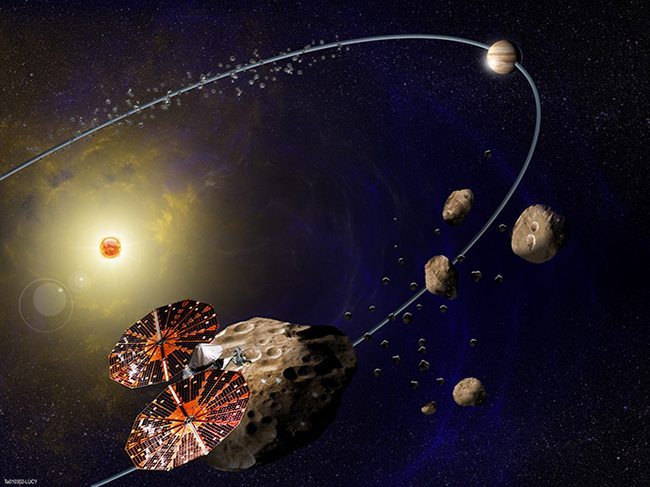The space industry has been changing rapidly over the past decade with the expanding shift towards the commercialization of activities once only the purview of governments. This change is simultaneously both evolutionary and revolutionary. And it promises to forever change the way we all receive and use information.
At the dawn of the “Space Age” 60 years ago, the technology and capabilities required to launch something into orbit were cutting edge, and available only in government laboratories at places like NASA and the Department of Defense. The complexity and cost of these projects – whether landing on the Moon or orbiting a weather satellite – made governments the sole customers.
Slowly some of capabilities offered by satellites evolved towards commercial enterprises. The space business mirrored the early airline industry which relied on government contracts to carry mail to foot the bill until paying passenger volumes increased. For the space market, the early commercial efforts were entirely focused on telecommunications satellites for companies like AT&T and Western Union and later delivering television broadcasts. This is still a dominant piece of the space market today.
When KinetX Aerospace was launched 25 years ago in Tempe Arizona, large government-funded space programs from NASA and the Department of Defense were still essentially the only game in town. Even the few commercial projects at the time like Iridium and Globalstar were led by large companies – Motorola and Loral respectively. This left little room for smaller companies to innovate or create their own projects.
Since then the private-sector space business has evolved rapidly, especially over the past decade. Smaller companies have been able to ride the revolution in computer and information technology to create and launch new projects, new satellites and entire new business models. The space industry has exploded for innovative small companies much the same way the traditional media landscape has been taken over by social media. And likewise, the large entertainment companies have had to adjust to competition from streaming services like Netflix, Amazon and Hulu.
“Big space” companies and government-funded programs are no longer the only viable opportunities in the industry. In fact, the emphasis and attention in the space business has moved quickly towards commercially-driven projects and Silicon Valley-type startups. The capability of smaller, cost-effective satellites to collect valuable data for myriad industries outside of space has exploded. And along with it, customers have been able to move from needing to buy expensive space hardware to being able to purchase just the data and information they need.
This shift in the space industry presents a major change that will affect us all. Soon, the data we receive for our local weather, maps for our self-driving cars and the latest crop assessment data for farmers will likely come from privately-owned satellites. And it will be at a fraction of the cost and on-demand – the result of the continuing (r)evolution in the space industry.
Silicon Desert Insider is a weekly blog published every Wednesday morning on azBIGmedia.com, about the local technology industry. If you have an idea for a piece for “Silicon Desert Insider,” please email AZ BIG Media Digital Editor Jesse A. Millard at jesse.millard@azbigmedia.com.




